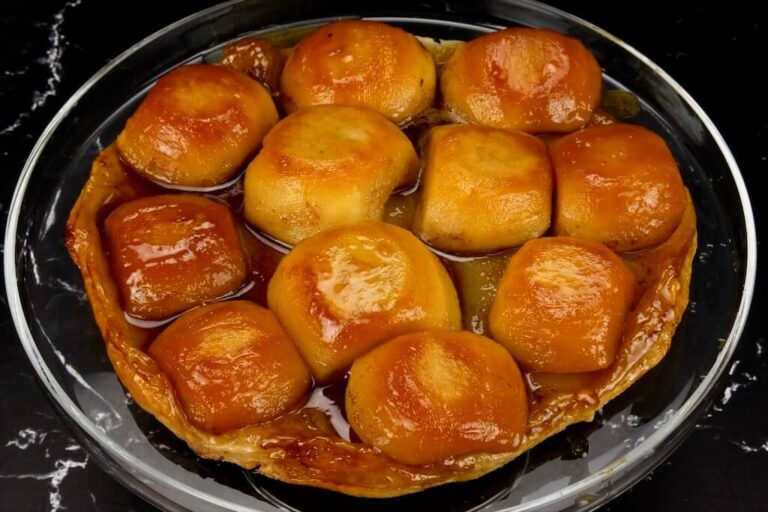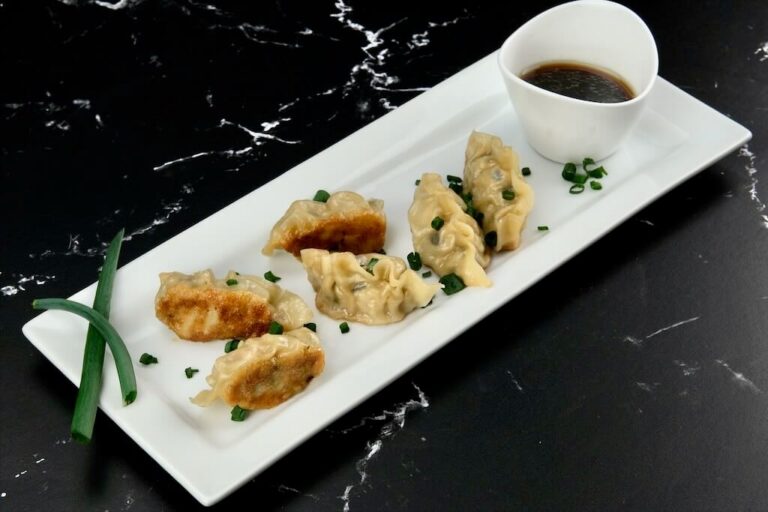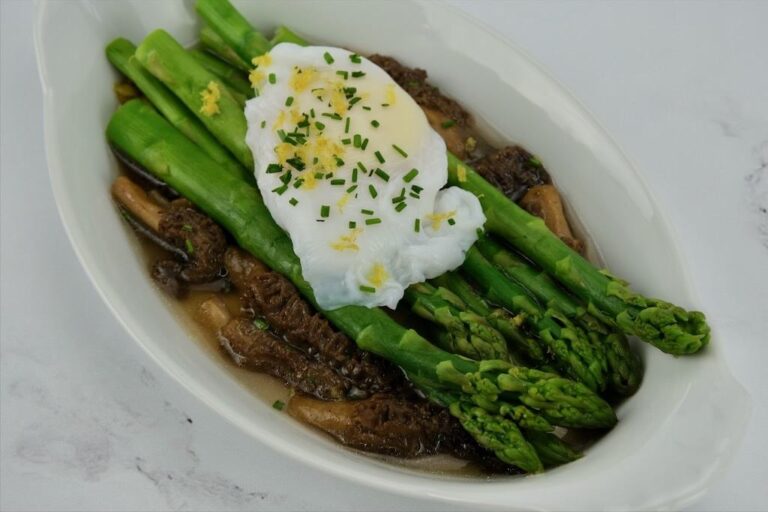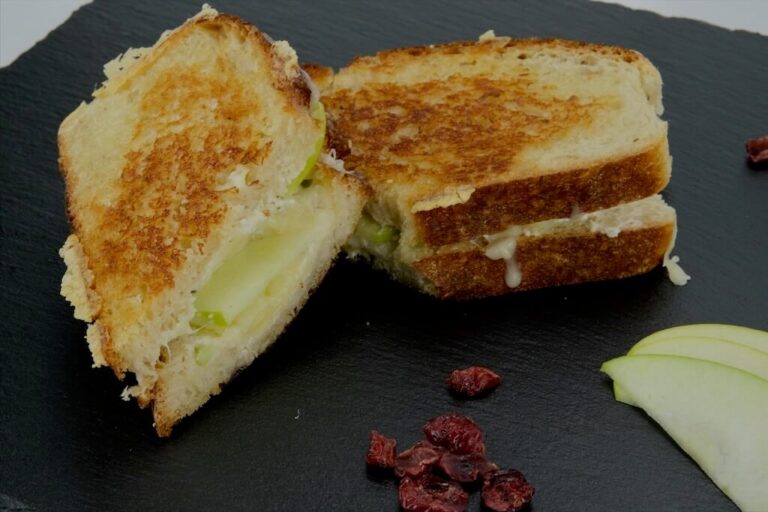Silk Road Tiramisu
About this Recipe
By: Rachel
Tiramisu is a classic Italian dessert, literally translating to “pick me up.” Thanks to espresso and liqueur-dipped ladyfingers, a sweet, creamy, mascarpone-based filling replete with plenty of rum; and a chocolatey topping, a few bites easily provide the implied “pick me up.”
Tiramisu is a very adaptable dessert. You may have seen pumpkin-based tiramisu around Thanksgiving, or peppermint-flavored ones around Christmastime. Since Shavuot—the holiday when the Jewish community enjoys dairy-based foods—is next week, tiramisu felt appropriate, but I wanted to make one that celebrates the flavors of the Silk Road.
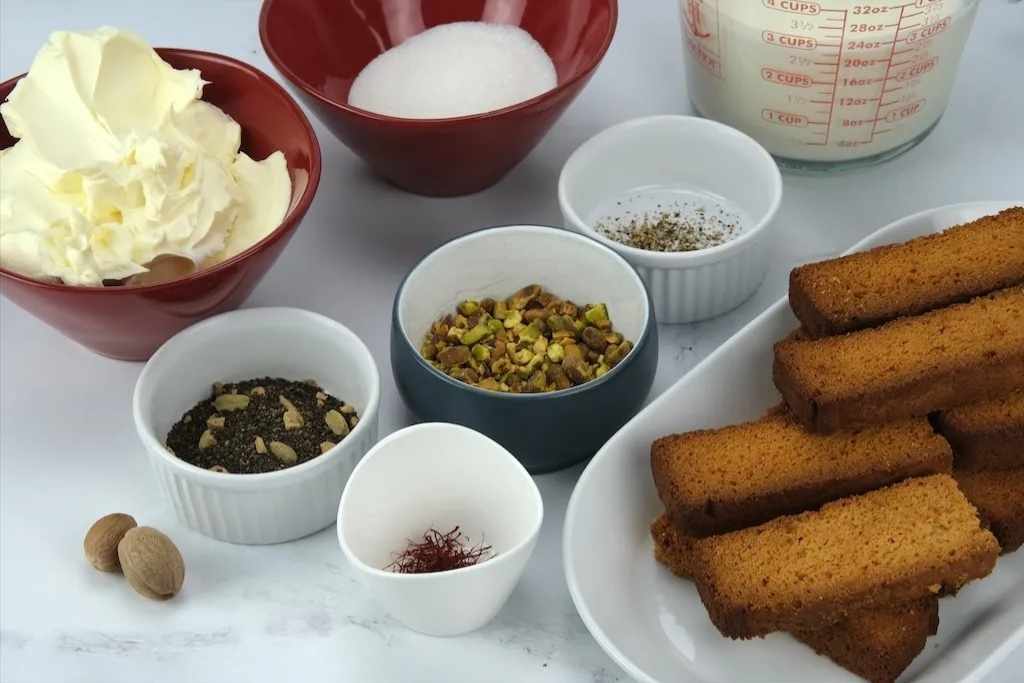
The Silk Road was a 4,000-mile (6,400km) series of trade routes dating back to the second century BCE, in use for over 1,500 years. The routes it encompassed connected China with central, east, and south Asia, as well as East Africa and southern Europe. Its name comes from the Chinese silk trade, since the routes were used to bring the highly-coveted fabrics to other parts of the world. Many other products made their way across the globe this way, including teas, dyes, perfumes, precious stones, textiles, and more.
These routes are credited with the spread not just of goods, but of ideas—different religions spread this way, languages were learned and technologies developed; villages grew to bustling cities. They were also a pathway for weapons and disease, spreading the Black Plague and killing millions.
The Silk Road was also a way for new flavors to travel across the world, as everything from spices to fruits, vegetables, flowers (and their seeds) traveled to new countries and cultures, forever impacting the culinary world. Foods new to East Asia included sugarcane, grapes, melons, cherries, figs, and dates. Apples, first cultivated in Kazakhstan, spread across the continent through Silk Road routes. It is also how spices like cinnamon, clove, ginger, saffron, and black pepper first made their way to Europe.
Cinnamon was first among the much-desired spices traded along the Silk Road. It was cultivated only in Sri Lanka and was used for everything from medicine to cooking; perfumes to religious ceremonies. Saffron—still the world’s most expensive spice at roughly $5,000 USD per pound—made its way through the world from Persia. It is derived from the crocus flower, which blooms very briefly, and must be harvested by hand in an incredibly labor-intensive process. (Be sure to purchase your saffron from a reputable source; much of what is sold is not real saffron).
Other highly-prized spices included black pepper, clove, ginger, and nutmeg. These are the spices that will flavor our tiramisu. As you take each bite, savoring the complex flavors, think for the moment of the incredible Silk Road; a route that once took an entire year to traverse. These spices, which we so often take for granted, were once so rare and expensive that only the wealthy could afford to use them regularly. Our world has become so much smaller—but that doesn’t mean we can’t appreciate every bite we take.
Silk Road Tiramisu
Ingredients
- 2 cups (475mL) heavy cream, divided
- 1 generous pinch saffron threads
- ½ cup (100g) granulated sugar, divided
- 1 ½ cups chai, brewed and set aside to cool
- 14 ounces (400g) ladyfingers, gingersnaps, or other dry cookie (I used the driest cookies I could find at our local Middle Eastern specialty market)
- 2 cups (450g) Mascarpone cheese, softened
- Several gratings fresh nutmeg
- Several grinds freshly-ground black pepper
- ½ cup (75g) finely ground pistachios
Step by Step Instructions
Step 1
- Scald ½ cup heavy cream in a small saucepan, add the saffron, and stir to combine. Set aside to steep for 15 minutes.

Step 2
- Set the cooled tea along with the cookies next to a heavy, medium casserole dish. Quickly dip each cookie in the chai, so that it moistens the cookie without oversaturating it.

Step 3
- Line the bottom of the casserole dish evenly with the dipped cookies.
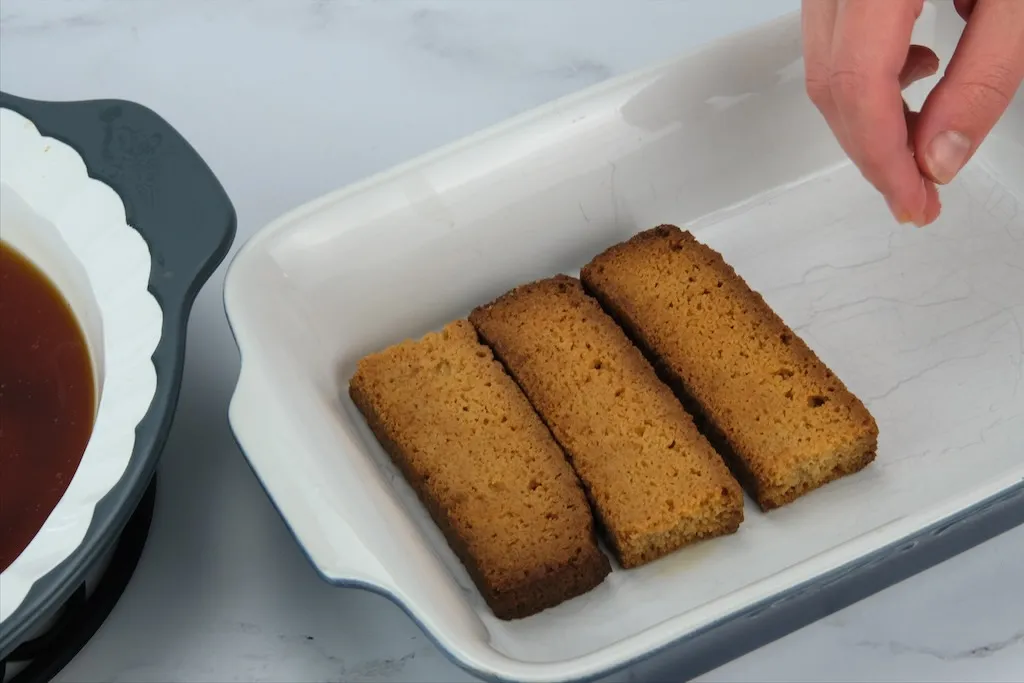
Step 4
- Pour the remaining 1 ½ cups heavy cream into the bowl of your stand mixer, add half the sugar, and beat until soft peaks form. Transfer to a medium bowl, and set aside for a moment.
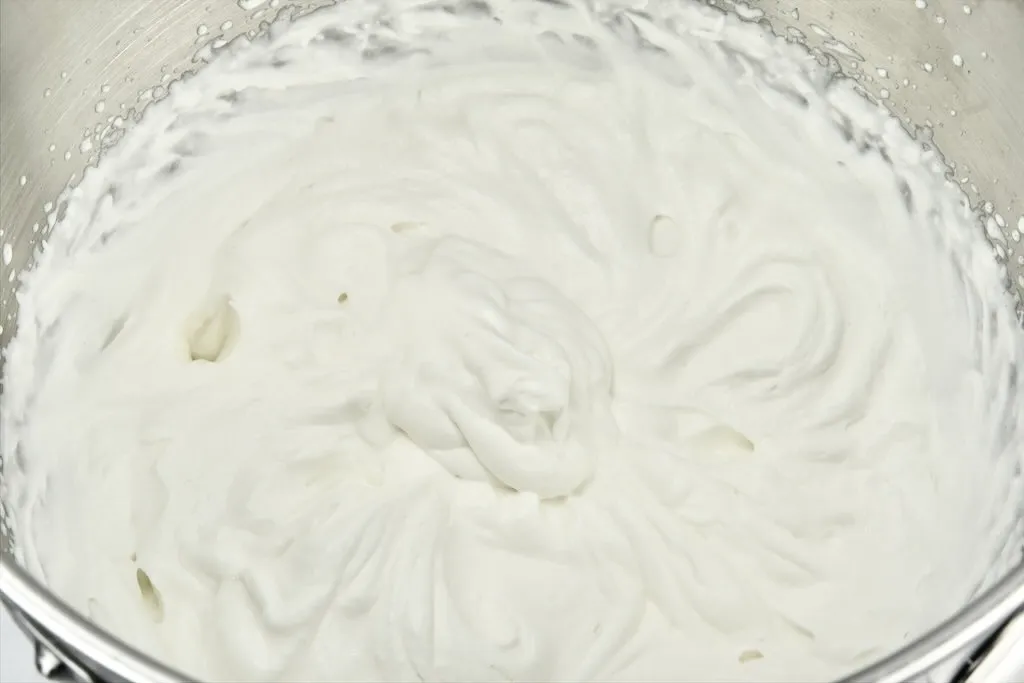
Step 5
- Add the mascarpone cheese to the bowl of your stand mixer with the remaining sugar. Using a microplane, grate in several grindings of nutmeg, then add several grinds of black pepper.
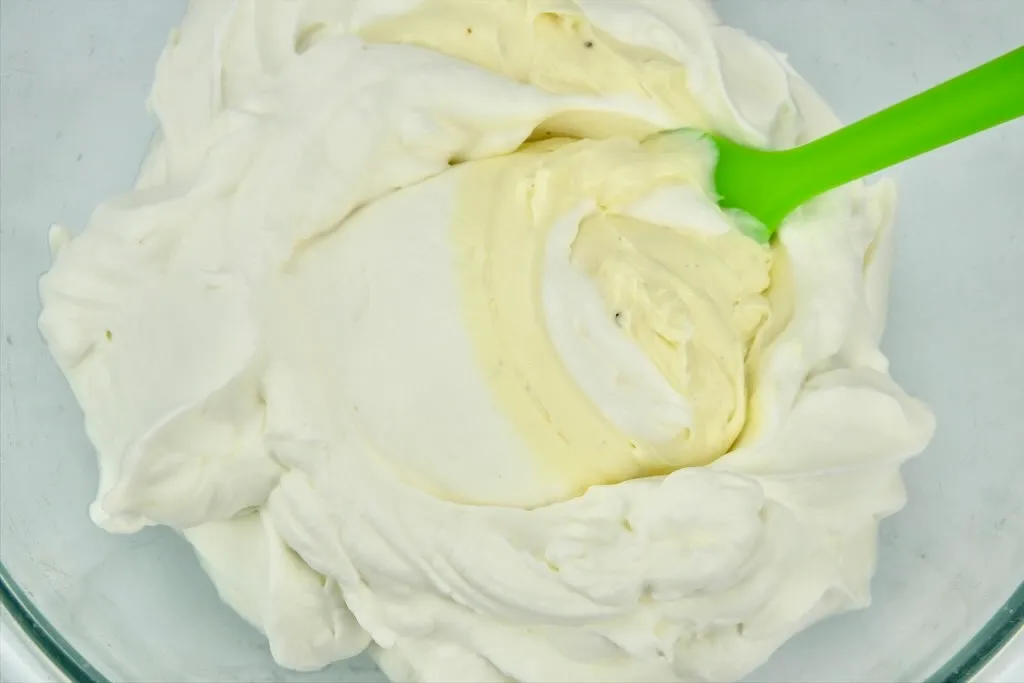
- Pour the steeped cream into the mascarpone mixture, and beat until lightened. Fold the whipped cream into the mascarpone mixture, taste, and add more pepper and/or nutmeg if desired.
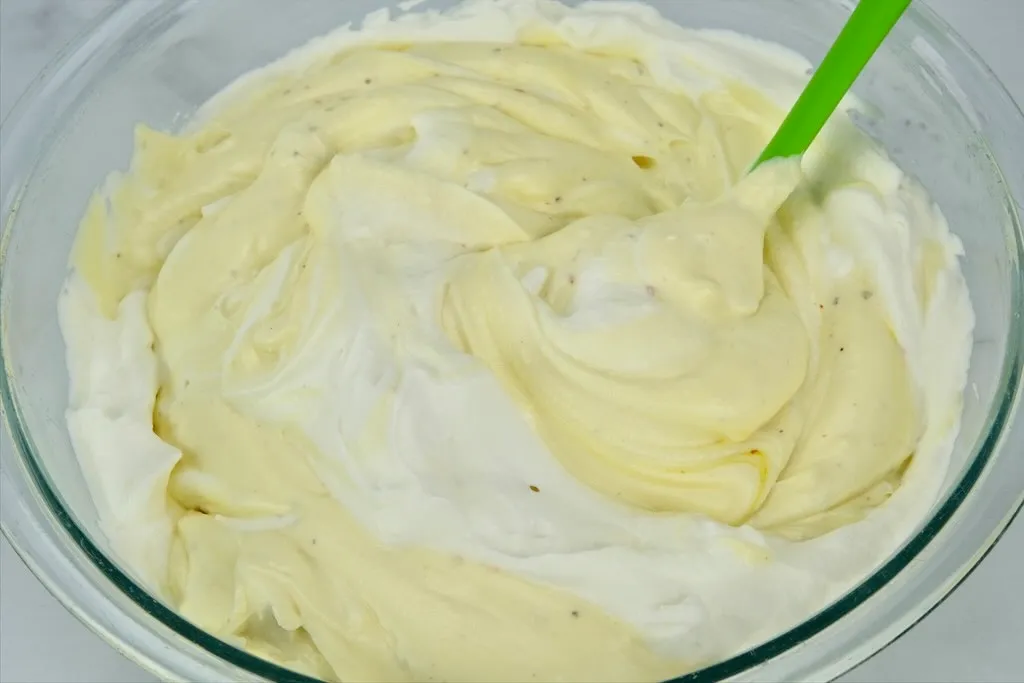
Step 6
- Spread half of the mascarpone mixture over the dipped cookies in your casserole dish. Dip the remaining cookies in the tea, and layer on top of the mascarpone. Top with the remaining mascarpone mixture.
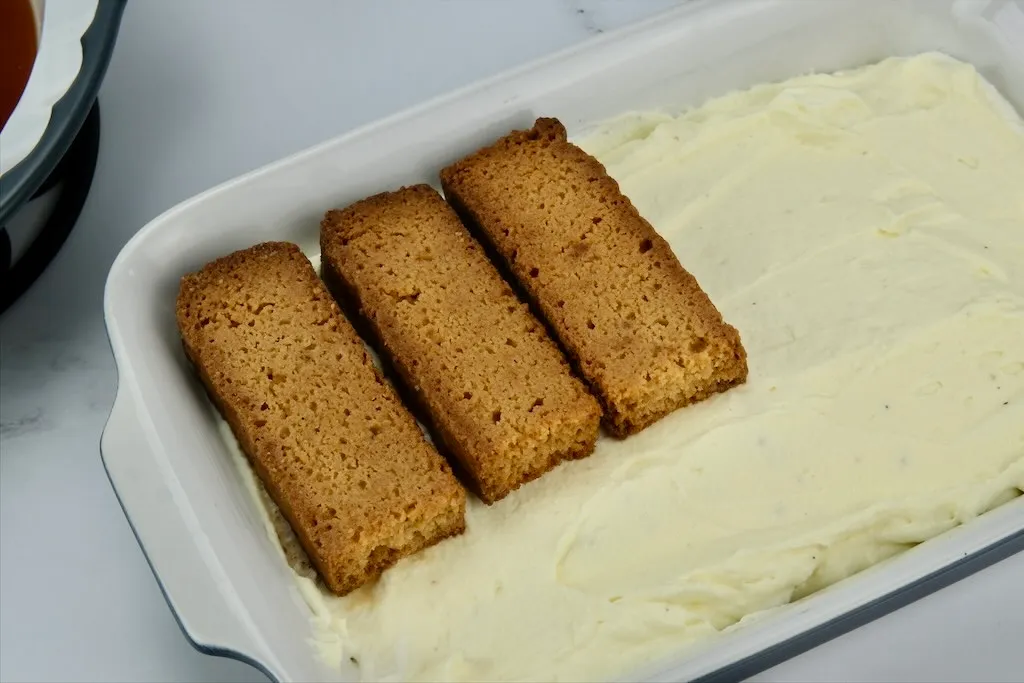
Step 7
- Top evenly with the crushed pistachios, cover, and refrigerate for at least 3-4 hours before serving.

Beverage Pairing
By: Olivia
The chai spices and richness from the mascarpone and cream deserve a wine pairing that lifts the dessert. What better option than sparkling wine? You can choose from the many Italian sparkling wine options including Prosecco, Moscato D’Asti, Lambrusco, and Franciacorta. Whichever you decide, the beauty of sparkling wine is that it will bring out the dessert’s subtle sweetness, lift the creamy textures, and play against the spices introduced by the chai.


